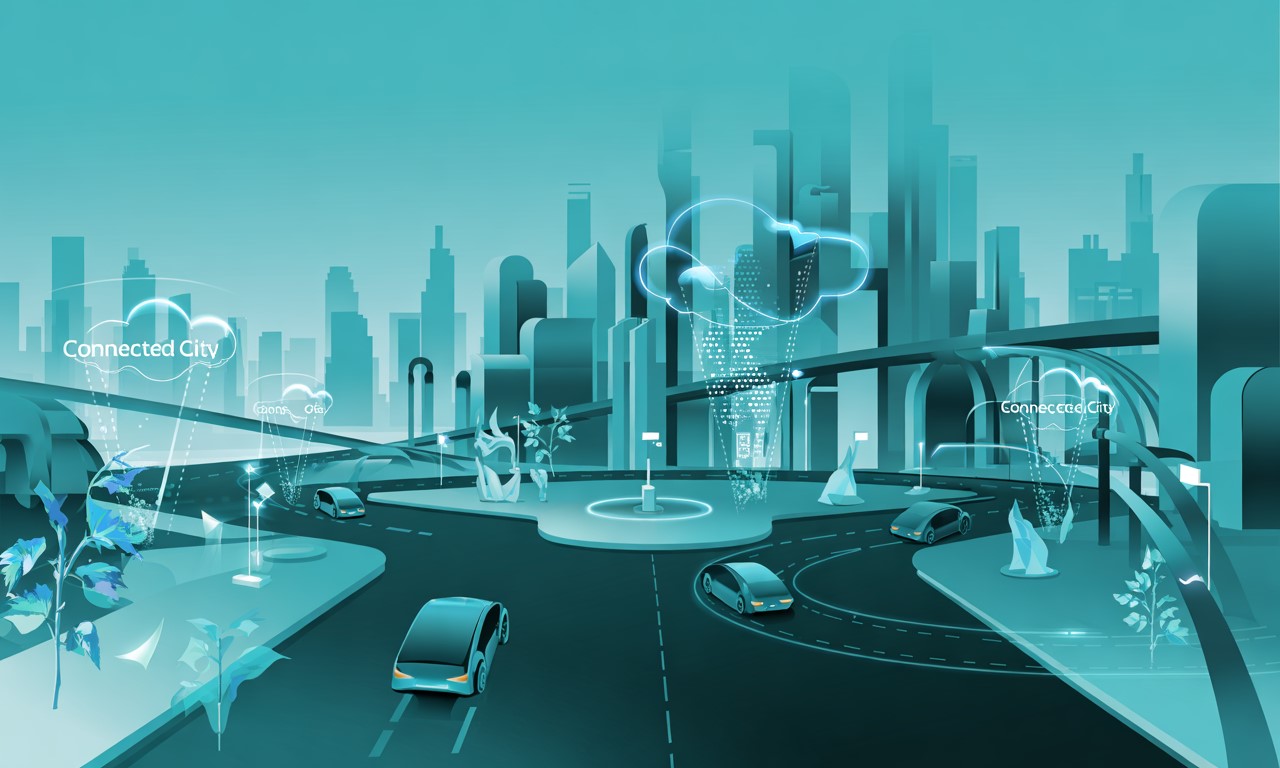At the 2025 Atlanta Cloud Conference (ACC), a session titled “Cloud-Powered Mobility: Transforming Cities Through Connected Vehicle Networks” explored how cloud-native platforms and vehicle-to-everything (V2X) communication systems are being applied to modern urban transportation challenges. Delivered by Utham Kumar, a technology executive with experience at organizations such as Visa, T-Mobile, and Verizon Telematics, the session examined the integration of cloud computing with urban mobility infrastructure and its potential societal implications.
The ACC, hosted at Kennesaw State University, is recognized for its selective programming process, drawing over 260 proposals across 12 thematic tracks in 2025, of which 82 were accepted. Kumar’s session was one of five featured in the Network Engineering track and aligned with the year’s theme, “Cloud Native at City Scale.” According to organizers, the Atlanta region—with its extensive commuter traffic and freight movement from the Hartsfield-Jackson Airport and the Port of Savannah—offers a relevant context for testing urban mobility solutions.
Kumar’s presentation characterized modern vehicles and infrastructure components as data-generating assets capable of real-time communication. He described a layered architecture comprising dual-stack communication protocols (C-V2X and DSRC), edge micro-datacenters, and service isolation, which he argued are necessary for safe and effective deployment of V2X networks. Case studies cited included pilot corridors in Seoul and Phoenix, where reported outcomes included a 40% reduction in rear-end collisions and an 18% improvement in average commute times. These figures were presented as results from early-stage implementations, though independent third-party validation was not detailed in the session.
One widely circulated claim from the talk was an 80% reduction in accidents in fully instrumented zones, attributed to AI-driven risk assessments and fast-response warning systems. Kumar also referenced a Rotterdam pilot project in which cloud-based intersection management reportedly reduced minor urban accidents by 65%.
In terms of environmental impact, the session included data from pilot programs indicating that cloud-managed eco-driving prompts led to a 30% reduction in fuel use for bus fleets in Bogotá, while semi-autonomous truck platooning on Georgia’s I-16 corridor achieved a 15% reduction in diesel consumption. Additional applications such as dynamic curb pricing and intelligent parking systems were presented as contributing to traffic decongestion and urban space recovery, although the broader scalability of these results remains under discussion in transport planning communities.
Kumar also addressed concerns about equitable access to cloud-powered mobility. He cited findings from pilot deployments showing that early implementations often benefited higher-income areas more significantly. In response, he outlined proposed strategies including subsidized edge computing for older vehicles, multilingual mobile interfaces developed in collaboration with community groups, and differentiated service benchmarks tailored to rural or underserved zones.
Privacy and cybersecurity were additional focal points. Kumar advocated for a zero-trust architecture employing encrypted channels, policy automation, and anomaly detection to mitigate breaches. He reported a 98% reduction in security incidents across six metropolitan trials. The use of consent dashboards reportedly increased user opt-in rates by 65%, a figure presented to support the argument for transparency as a privacy-preserving design principle.
The session concluded with a forward-looking discussion on emerging technologies such as 6G networks, which Kumar predicted would enable sub-millisecond cloud handoffs and improve sensor fusion accuracy to 98%. He emphasized the importance of modular design in infrastructure to accommodate future upgrades and prevent costly overhauls.
Audience response at the conference was notable, with the session reaching standing-room-only attendance and sparking extended informal discussions afterward. Feedback from participants such as network engineer Maria Hernandez highlighted interest in the practical application of cloud technologies to urban challenges.
Now in its twelfth year, the Atlanta Cloud Conference has grown to become one of the largest volunteer-led cloud computing events in the southeastern United States. The 2025 edition featured support from over 40 sponsors and drew approximately 700 in-person attendees and an estimated 3,000 online viewers. Social media engagement under the #ATLCloudConf hashtag reached over 1.4 million impressions.
Throughout his session, Kumar drew on his background in global technology roles to advocate for designing infrastructure that balances innovation with inclusivity and resilience. While some of the outcomes presented were from limited pilot programs and may require further verification, the session contributed to ongoing conversations about the role of cloud computing in shaping urban mobility and public infrastructure.



